What are Significant Figures? A 5 Minute Introduction
Table of Contents
Definition/Summary
Significant figures (commonly called “sig figs”) are the number of figures (digits) included when rounding-off a number.
For example, 789.001 to 6 5 4 3 2 and 1 sig figs is 789.001 789.00 789.0 789 790 and 800 respectively (note the presence and absence of “0”s in 5 4 and 3 sig figs).
By comparison, 789.001 to 3 2 and 1 decimal places is 789.001 789.00 and 789.0 respectively.
The rules about how to round-off are not entirely agreed upon. Basically, when multiplying and dividing given numbers, round-off the result to the lowest number of sig figs given; when adding and subtracting given numbers, round-off the result to the “highest” decimal place given; and use more figures in intermediate steps in a long calculation than in the final result.
Extended explanation
Multiplying and dividing:
Round-off the result to the lowest number of sig figs in any of the given numbers.
Adding and subtracting:
Round-off the result to the highest decimal place to which any of the given numbers is rounded-off.
(If one or more given number is a whole number ending in zeros, then use the largest number of zeros in those given numbers; otherwise, use the smallest number of places after the decimal point; however also use common-sense, see below.)
For example, 571000 + 5300 = 576000, and 500000 + 5300 = 500000, but 571320 + 5300 = 576900, in each case using the largest number of zeros.
5.71 + 2351.2 = 2356.9, 5.7 + 2351.21 = 2356.9, 5.7 + 2351 = 2357, 5.7 + 2350 = 2360.
Common-sense:
If your car takes 890.3 seconds to go 50 kilometres, that’s 56.16084… metres per second: how far should this be rounded-off depends partly on applying common-sense to the method of measuring the 50 kilometres.
If it was taken from a map, it’s probably accurate to the nearest unit (ie 50 not 49 not 51), which is 2 sig figs, so the speed is 56
If it was taken from the meter on the car, it’s probably accurate to the nearest tenth of a unit, which is 3 sig figs, so the speed is 56.2
(But if it’s a distance at sea, far from land and without the benefit of GPS, it’s probably accurate to only 1 sig fig, so the speed is 60.)
Ignoring the “unit”:
But if it was a “measured” 50 km, it was probably measured extremely accurately, and with at least the same accuracy as the stop-watch that measured the time: in that case, it can be ignored, and the speed should have 4 sig figs (the same as the time), ie 56.20
Essentially, a “measured” given figure (such as the 50 km) is treated as a unit … if you were told that something moved 23.77 metres in 1 second, would you say the speed was 20 m/s because the 1 second is accurate to only 1 sig fig. or would you assume that you wouldn’t have been given 4 sig figs for the distance unless there was good reason, that the 1 second is a “unit”, and that the speed is 23.77 m/s ? :wink:
Rounding-off just above 10^n:
If the rules tell you to work to 2 sig figs, and your results are speeds of 99.31, 99.51, 100.51, and 105.51 m/s, should you follow the rule and write them all to 2 sig figs?
That would make the speeds 99 100 100 and 110 … common-sense says that that’s ludicrous, they should instead all be measured to the same number of decimal places (in this case, 0), corresponding to the sig figs of the lowest result, giving speeds of 99 100 101 and 106.
But at what point one should make the change (110? 115?) is a matter of judgment in each case. :confused:
This might also be of help:
https://www.physicsforums.com/insights/10-math-tips-save-time-avoid-mistakes/
https://www.physicsforums.com/insights/frequently-made-errors-equation-handling/
This article was authored by several Physics Forums members with PhDs in physics or mathematics.

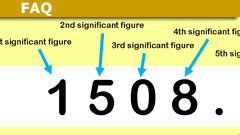
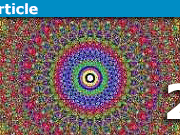
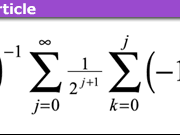
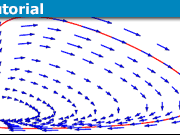
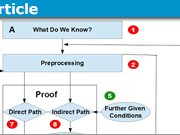




Leave a Reply
Want to join the discussion?Feel free to contribute!